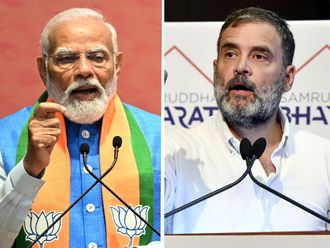New Delhi: The caste system in India is a system of social stratification, which was transformed by the British Raj, and is today the basis of reservation in India. The origins of caste system in India are shrouded in mystery, but seems to have begun more than 2,000 years ago. Under this system, which is associated with Hinduism, people were mainly categorised by their occupations. Although originally caste depended upon a person’s work, it later became hereditary. Each person was born into a unalterable social status.
The four primary castes are:
1) Brahmin, the priests
2) Kshatriya, the warriors and nobility
3) Vaisya, the farmers, traders and artisans
4) Shudra, the tenant farmers and servants
Dalits, the untouchables, were those born outside of the caste system. They were considered so impure that any contact with them by a caste member would contaminate the other person. The caste-person would have to bathe and wash his clothing immediately. Untouchables could not even eat in the same room as caste members. The untouchables did work that no one else would do, like scavenging animal carcasses, leatherwork, or killing rats and other pests. They could not be cremated when they died.
Although the early Vedic sources name four primary castes, yet there are thousands of sub-castes and communities within the Hindu society. These sub-castes are the basis of both social status and occupation.












